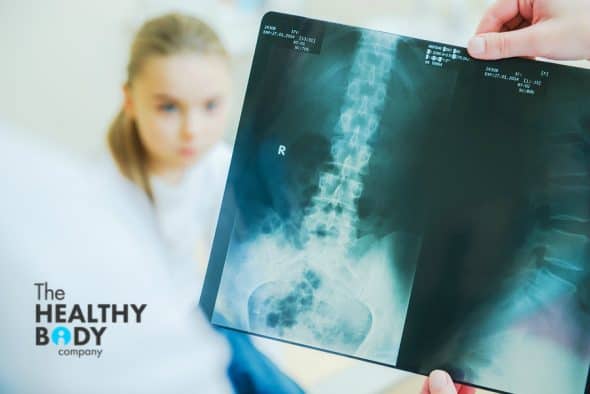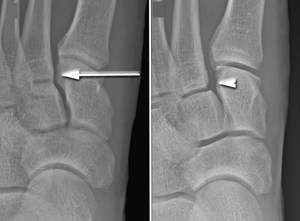
One of the first questions I’m often asked from patients is ‘Do I need a scan for my injury?’. The answer to this question is dependent on many factors and cannot be answered before a thorough examination is done. I also see many patients who are distressed about their X-ray, CT, MRI or Ultrasound results. Most of the time this stress is unwarranted as scan reports are often full of medical jargon which describe relatively normal/age related findings. The question then is, when should a scan be ordered?
Cons

Lisfranc injury is an example of a condition that requires investigation to diagnose and manage appropriately.
Scans in most circumstances scans are not needed in the first instance. A thorough clinical examination along with subjective history and mechanism of injury will help guide your physiotherapist. If the scan is not going to change the management then often they are not needed or can be done at a later stage if required. If you do need a scan it is important that your physiotherapist or doctor takes time to go through the results. It is important they explain what findings are normal and abnormal. Scans, when required and explained properly are very helpful however a lot of the time they over prescribed and poorly explained.
Want to know more? Get in touch.